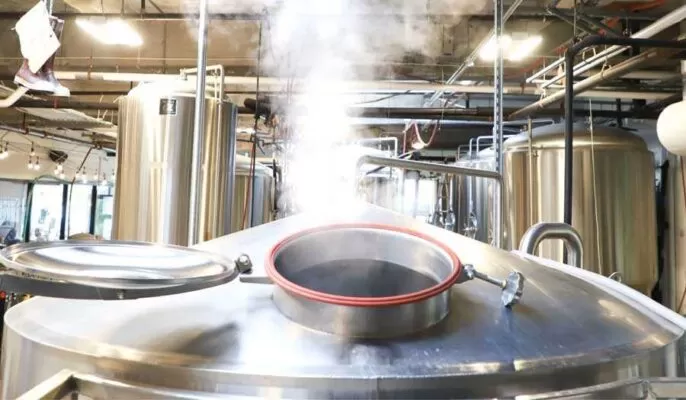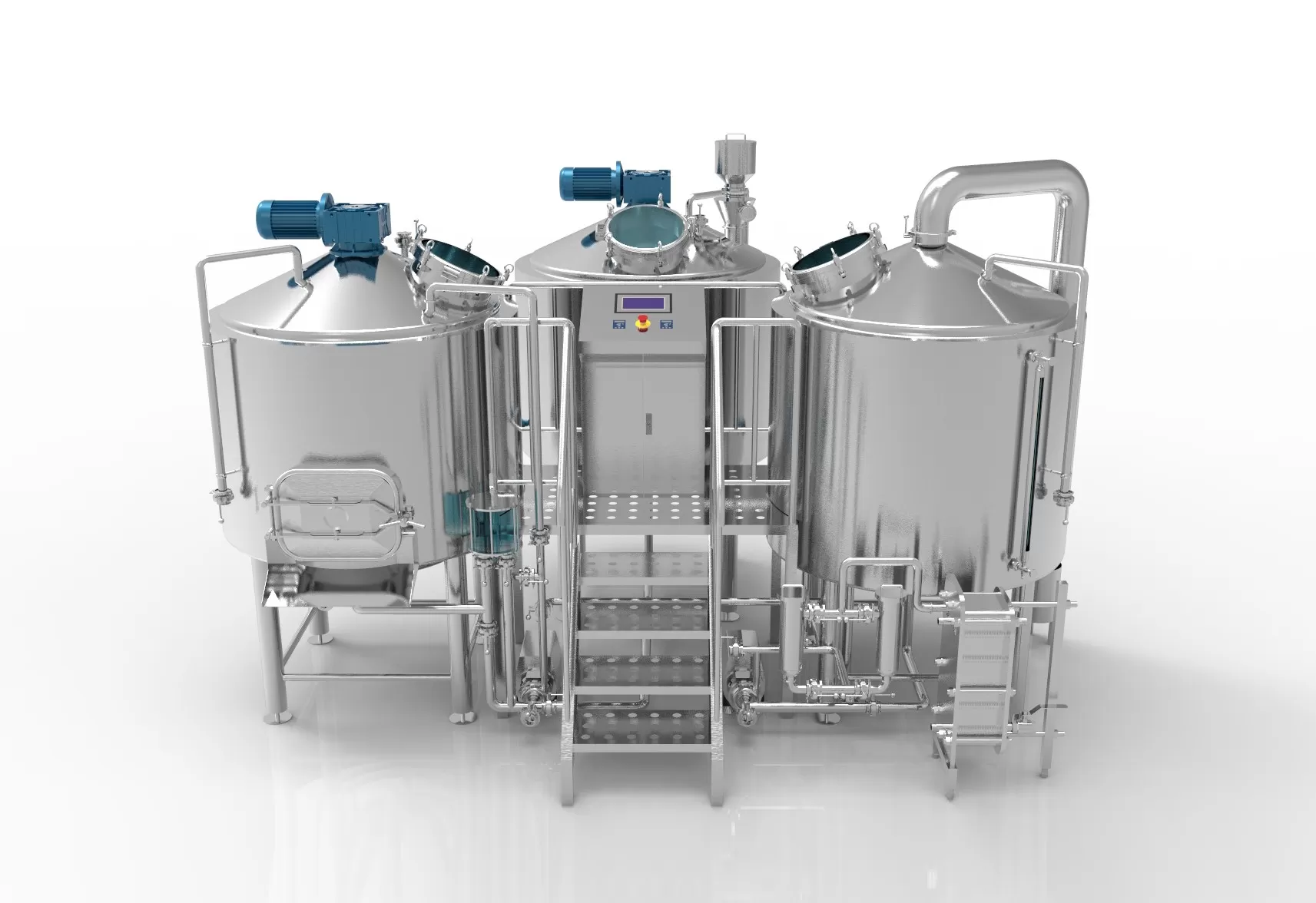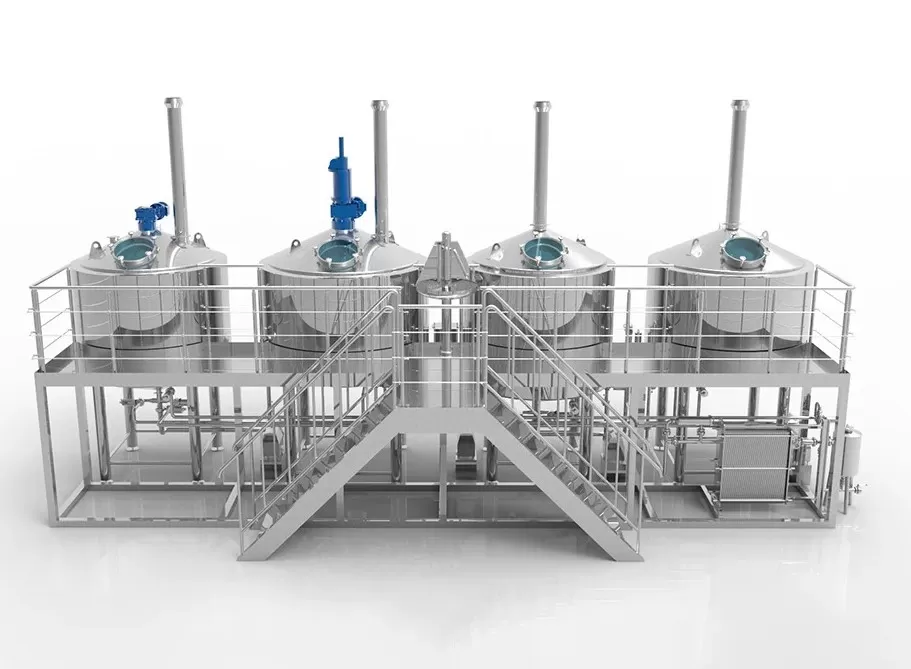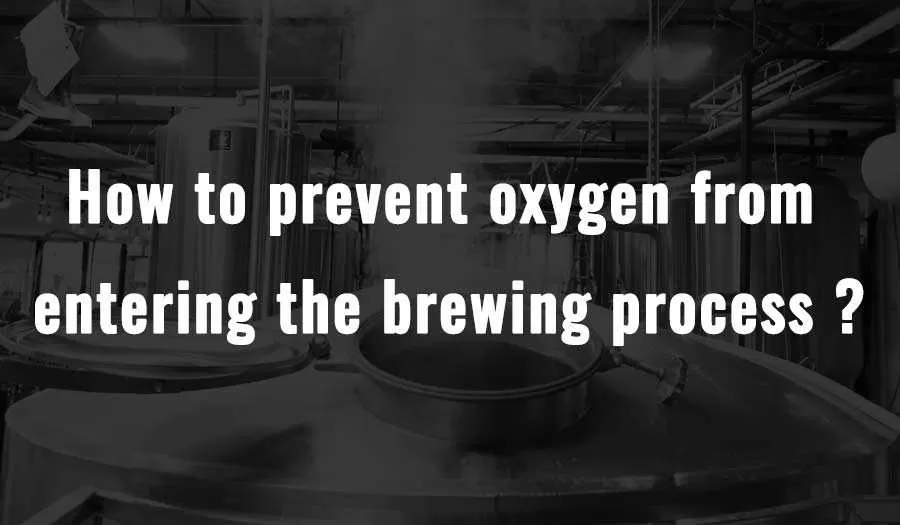Oxygen is a common enemy in the brewing process as it can lead to off-flavors, decreased shelf life, and other quality issues in beer. Preventing oxygen from entering the brewing process is essential for maintaining the integrity and flavor profile of the final product. This article provides a comprehensive guide on understanding the impact of oxygen in brewing and offers preventative measures, monitoring techniques, and advanced equipment to minimize oxygen exposure.
Understanding the Impact of Oxygen in Brewing
Oxygen can have detrimental effects on beer throughout the brewing process. During mashing, boiling, fermentation, and packaging, exposure to oxygen can cause oxidation reactions that result in off-flavors such as stale, cardboard-like tastes. Additionally, oxygen can promote the growth of unwanted microorganisms, compromise the stability of hop compounds, and reduce the beer’s overall freshness. Understanding the consequences of oxygen exposure underscores the importance of prevention.
Preventative Measures
To prevent oxygen from entering the brewing process, brewers should implement a range of preventative measures.
Proper Handling and Storage of Ingredients
Start by ensuring that all ingredients, especially hops and malt, are stored in airtight containers to minimize exposure to oxygen. Additionally, use freshly crushed malt to minimize oxidation.
Closed-System Transfers
Utilize closed-system transfers whenever possible to minimize oxygen contact. This includes using transfer hoses with low permeability, employing pumps instead of gravity transfers, and employing keg-to-keg transfers using CO2 pressure.
Purging Equipment and Packaging
Purge equipment, such as fermenters, bright tanks, and kegs, with an inert gas like carbon dioxide (CO2) before transferring beer into them. This displaces the oxygen present, creating a protective barrier. Similarly, during packaging, purge bottles, cans, or kegs with CO2 to minimize oxygen pickup.
Minimizing Splashing and Agitation
Handle the beer gently throughout the brewing process, minimizing splashing and agitation. Splashing introduces oxygen, while excessive agitation can cause dissolved oxygen to come out of solution. Carefully transfer liquids and avoid unnecessary stirring or shaking.

Monitoring and Testing for Oxygen
Regularly monitor oxygen levels at various stages of the brewing process to ensure effective prevention. Oxygen meters or testing kits can be used to measure dissolved oxygen levels in the beer. This allows brewers to identify any areas of concern and make adjustments to their preventative measures accordingly.
Advanced Techniques and Equipment
For brewers looking to further enhance their oxygen prevention methods, several advanced techniques and equipment can be considered. These include using modified atmosphere packaging (MAP) systems, employing oxygen scavenging caps or liners, and investing in advanced carbonation and filling systems that minimize oxygen exposure during packaging.
Conclusion
Preventing oxygen from entering the brewing process is crucial for maintaining the quality, flavor, and shelf life of beer. By understanding the impact of oxygen, implementing preventative measures such as proper ingredient handling, closed-system transfers, purging equipment and packaging, and minimizing splashing, brewers can significantly reduce the risk of oxidation. Additionally, monitoring oxygen levels and adopting advanced techniques and equipment can further enhance oxygen prevention efforts. With careful attention to oxygen control, brewers can consistently produce fresh, flavorful, and high-quality beers that delight consumers and stand out in the competitive brewing industry.




